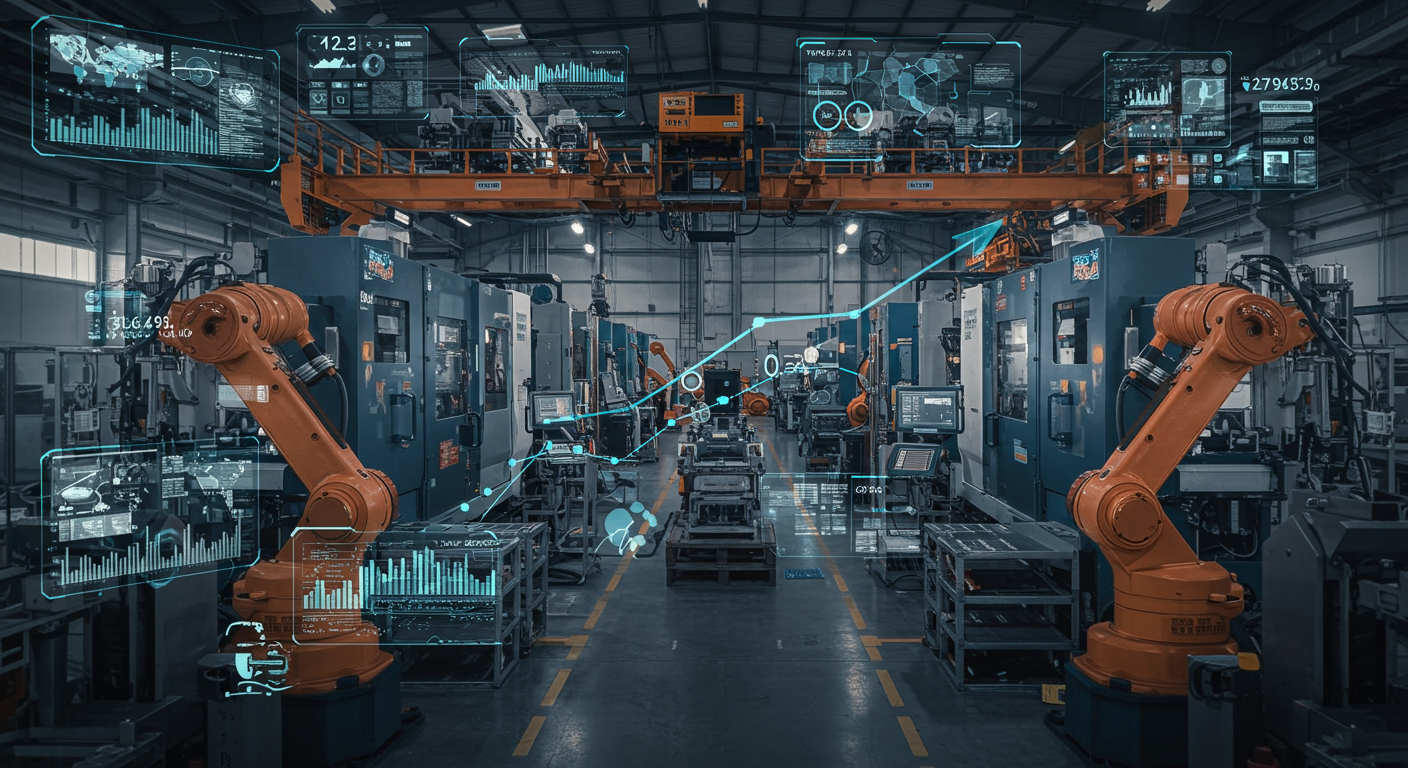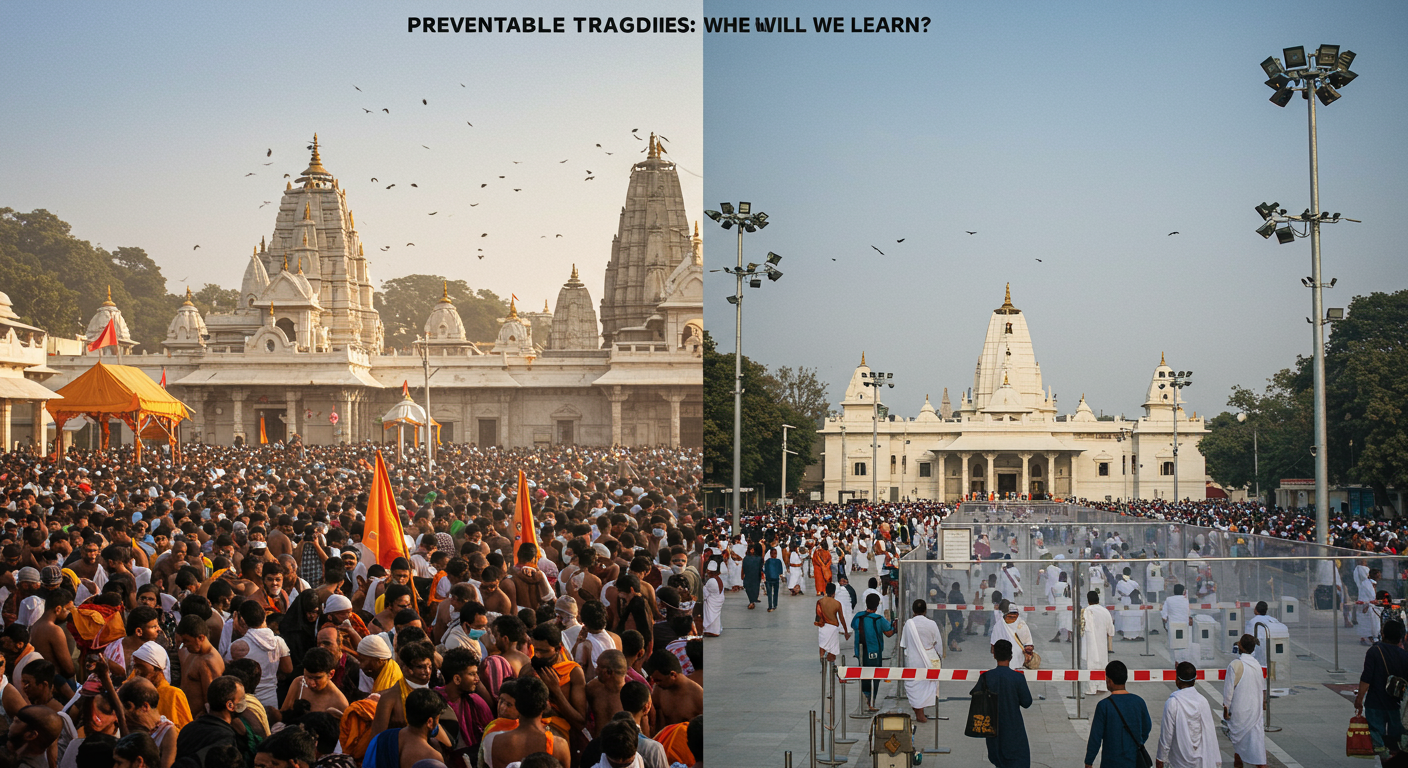
I've always believed that India's true potential lies in its ability to innovate and produce, not just consume. This is why I read with great interest the NITI Aayog's recent roadmap, “Reimagining Manufacturing: India’s Roadmap to Global Leadership in Advanced Manufacturing”, developed jointly with CII and Deloitte, as highlighted in C4S Courses NITI Aayog Proposes IP and Technology Push to Strengthen India’s Manufacturing Sector. This 10-year strategy sets ambitious targets: increasing manufacturing's GDP share to 25% by 2035, creating over 100 million jobs, and positioning India among the top three advanced manufacturing hubs globally. This is precisely the kind of visionary thinking we need for Viksit Bharat 2047, a vision that Prime Minister Narendra Modi (n.modi@india.gov.in) has often articulated.
The Path to Industrial Leadership
The roadmap acknowledges critical challenges—infrastructure gaps, skilled talent shortage, low R&D investment, fragmented supply chains, and slow technology adoption. These are familiar echoes of conversations I've had for years. The proposed interventions, such as Intellectual Property (IP) reforms and a strong push for frontier technologies like AI, Machine Learning, Robotics, Digital Twins, and Advanced Materials, are crucial. The call to encourage pilot-to-scale transitions through sustained funding and shared R&D infrastructure resonates deeply with what I've advocated.
The core idea I want to convey is this — take a moment to notice that I had brought up these thoughts and suggestions on topics like industrial advancement years ago. I had already predicted some of these outcomes and challenges, and even proposed solutions at the time. Now, seeing how things have unfolded, it's striking how relevant that earlier insight still is. Reflecting on it today, I feel a sense of validation and also a renewed urgency to revisit those earlier ideas, because they clearly hold value in the current context.
I recall my earlier discussions on the "Automotive Mission Plan 2047" Automotive Mission Plan 2047, where I highlighted the need for concrete steps beyond merely setting targets. We need to incentivize manufacturers, explore new battery technologies like Aluminium-Air and Sodium-ion, and promote solar-powered electric vehicles. Leaders like Kamran Rizvi, MHI Secretary, Pawan Goenka (pawan-goenka-6640672b@linkedin.com), Head of the SCALE committee, Vinod Aggarwal (vkaggarwal@vecv.in), President of SIAM, Shailesh Chandra, Vice President of SIAM, Shradha Suri Marwah (shradhasurimarwah@linkedin.com), President of ACMA, and Vinnie Mehta (vinnie.mehta@acma.in), Director General of ACMA, are pivotal in driving these changes. My earlier suggestions, though somewhat outdated at five years old and focused on accelerating the change-over to Electric Vehicles, still hold immense relevance, emphasizing direct incentives for innovation and disincentives for polluting technologies.
Beyond Manufacturing: A Holistic View
This focus on advanced manufacturing cannot exist in isolation. It is intertwined with broader societal and governance initiatives. The C4S Courses update also touched upon various national affairs, reminding us of the multifaceted approach India is taking.
For instance, the demographic transition in India, particularly the rapid growth of the elderly population in states like Uttar Pradesh, presents both challenges and opportunities Daily Current Affairs (DCA) 30 October, 2025. This echoes my earlier blogs, such as "India's Population Explodes!" India's Population Explodes!, where I drew parallels between state populations and entire countries. The discussions around population control, exemplified by Chief Minister Yogi Adityanath's initiatives in Uttar Pradesh UP Population Bill: Opening a Pandoras Box?, also sparked my reflections on the complex administrative setup required for such policies. I had even mused about the potential for "Digital Tracking of Newborns" back in 2017, suggesting RFID sensors at birth Aadhar : The Omnipresent, which finds a modern parallel in the National Blockchain Framework's efforts to securely verify documents and records.
The government's commitment to enhancing export competitiveness, through schemes like RoDTEP and RoSCTL, being reviewed by a committee headed by former Secretary Neeraj Kumar Gupta, is another vital piece of this puzzle Daily Current Affairs (DCA) 30 October, 2025. This directly impacts our manufacturing sector's ability to compete globally. Furthermore, the efforts of Union Agriculture and Farmers’ Welfare Minister Shivraj Singh Chouhan in establishing Farmer-Producer Organisations (FPOs) demonstrate a commitment to strengthening the foundational pillars of our economy. And it is always heartwarming to see national leaders like Union Home Minister Amit Shah paying tribute to historical figures like Maharishi Dayanand Saraswati, reinforcing our cultural fabric. Even President Droupadi Murmu's historic sortie in a Rafale fighter jet highlights India's growing technological prowess and confidence on the global stage Daily Current Affairs (DCA) 30 October, 2025.
Ultimately, a holistic approach is paramount. Shri Amitabh Kant (amitabh.kant@nic.in), then CEO of NITI Aayog, had emphasized the need to address issues like nutrition and child mortality Citizen Monologues, topics where I've previously put forth ideas like my 'BANMALI' solution BANMALI is the TOTAL Solution. All these seemingly disparate efforts converge towards the grand vision of a strong, self-reliant, and globally competitive India.
Regards, Hemen Parekh
Of course, if you wish, you can debate this topic with my Virtual Avatar at : hemenparekh.ai
































